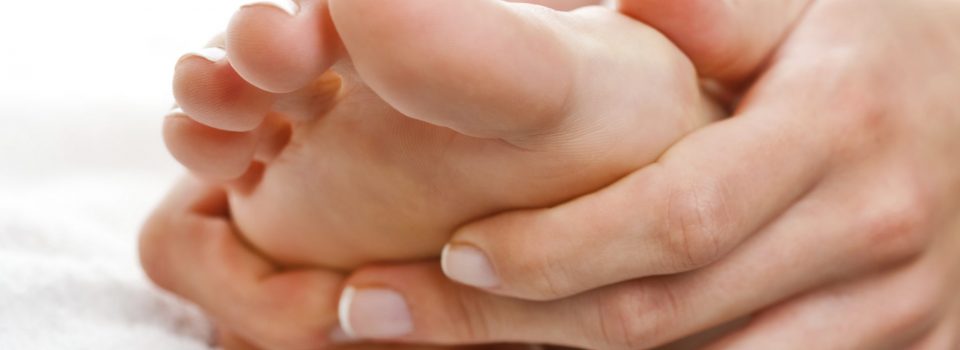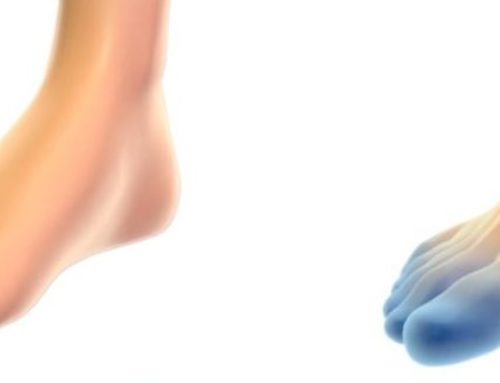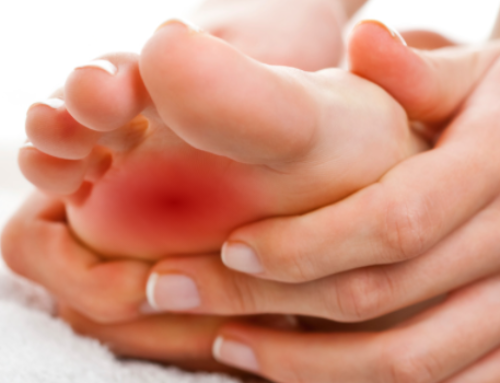
Corns appear on the feet, in the form of thick skin, as a protective measure against constant pressure and friction. Sometimes corns disappear once the cause is properly identified and eliminated. In most cases, corns are caused by ill-fitting footwear.
Unlike calluses, corns are small in size, and usually appear on top of (or in between) toes or on another non-weight bearing area of the foot.
There are two types of corns:
- Hard corns, also called Heloma Durums, which are usually formed as a result of poorly fitted shoes.
- Soft corns, also known as Heloma Molles, usually appear between the toes, and occur when toe bones are constantly rubbing against each other.
Symptoms associated with corns may include:
- Pain
- A hard bump on the skin
- Rough, dry skin
- Skin that is yellow, white or gray in color
Prevention
- Always purchase properly fitting shoes that provide enough room at the toe box.
- Note where the inner seams are located in a new pair of shoes.
- Invest in shoes that have extra padding inside – especially at the balls of the feet and around the heel area.
- Wear socks that are clean and dry. Keep an extra pair of socks close (either in a purse, briefcase or glove box) at all times.
Treatment
Once you have a corn that is causing you pain and making the simple task of walking uncomfortable, action must be taken to treat it.
Self-care treatment options:
- You can purchase tiny cushions/corn pads that can be applied directly to the corn to eliminate the friction and allow the corn to heal (and eventually disappear).
- Soaking feet in warm water, which softens the skin and makes removal of the corn easier. This home treatment should be done slowly and carefully, as too much rubbing or filing may cause bleeding and a potential infection. This should never be performed by a diabetic.
- Applying a high quality moisturizer to your feet to keep the skin soft.
- Wearing socks that are made of a cotton/polyester blend, as they are more efficient at keeping moisture away than other types of material.
Treatment options that would require a doctor’s care can include:
- Oral antibiotics (if an infection has developed).
- “Trimming”, a procedure that should only be performed by a trained medical professional.
- Salicylic acid patches.
- Custom shoe inserts, which may be prescribed to individuals who have a permanent foot deformity that is causing corns to become a re-occurring problem.
- Although rare and only recommended as a last resort, surgery is an option to correct bone alignment that is the cause of friction and re-occurring corns.
If your corns are causing you pain, it is recommended that you call Doctor Lefkowitz’s Doylestown office, at 215-230-9707, and schedule an appointment to have him evaluate your condition in order to provide you with relief.



